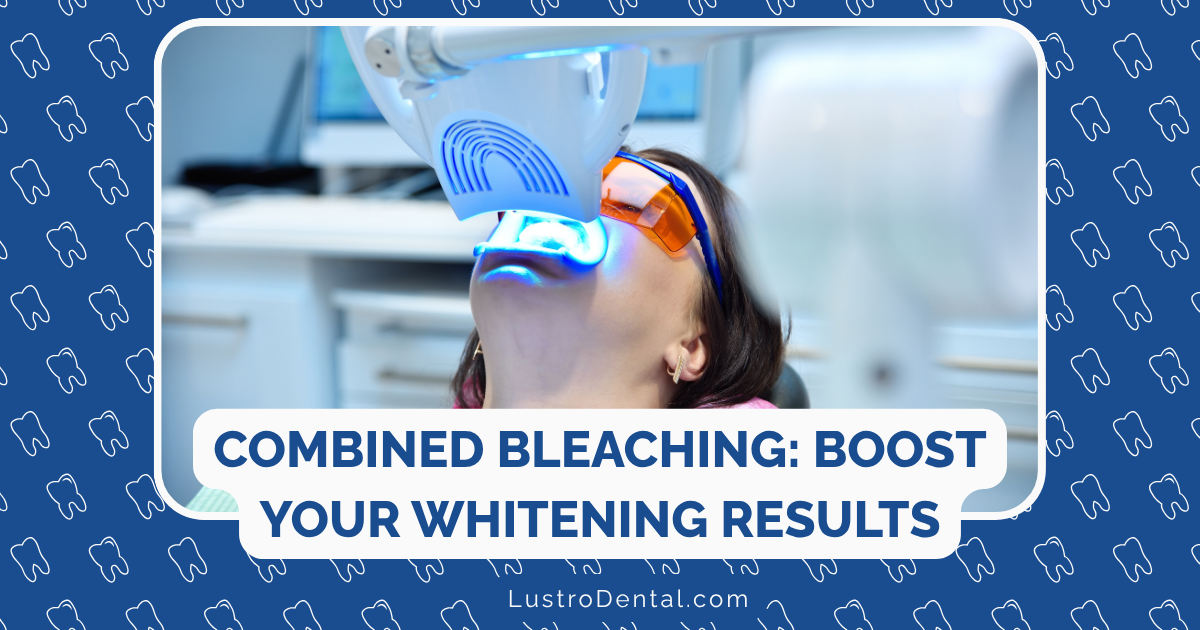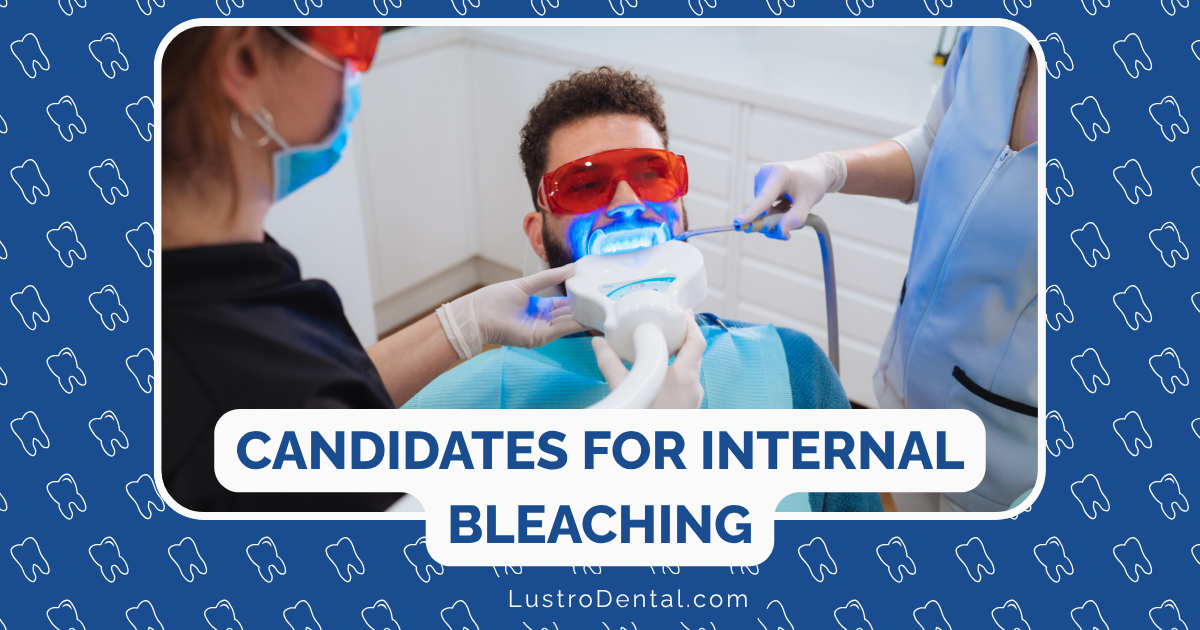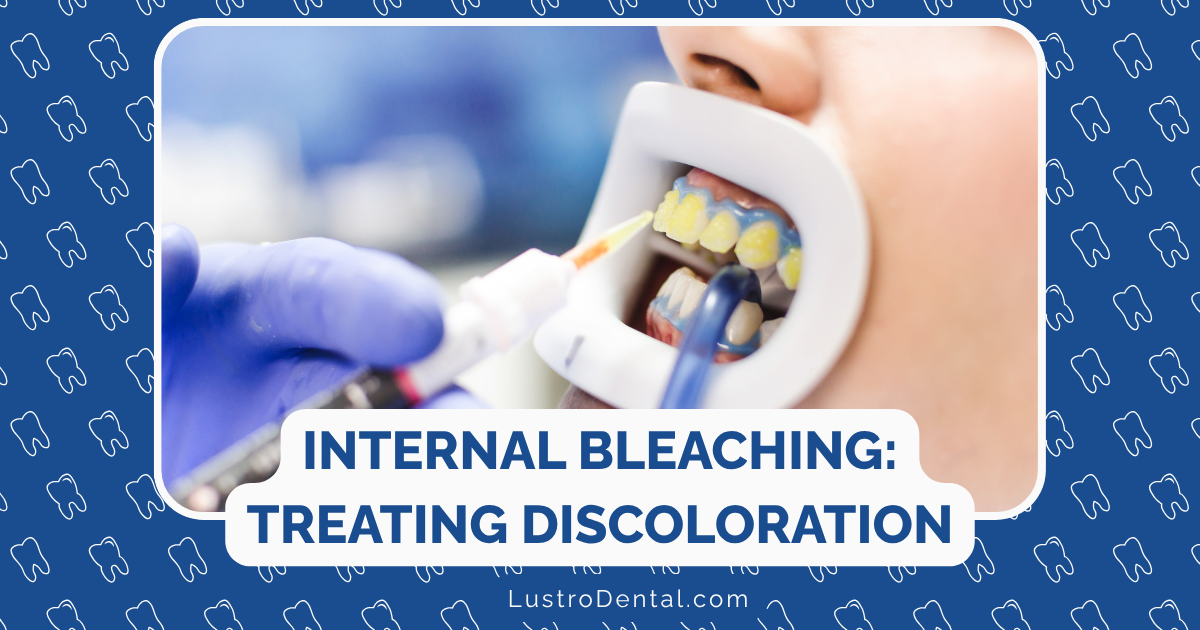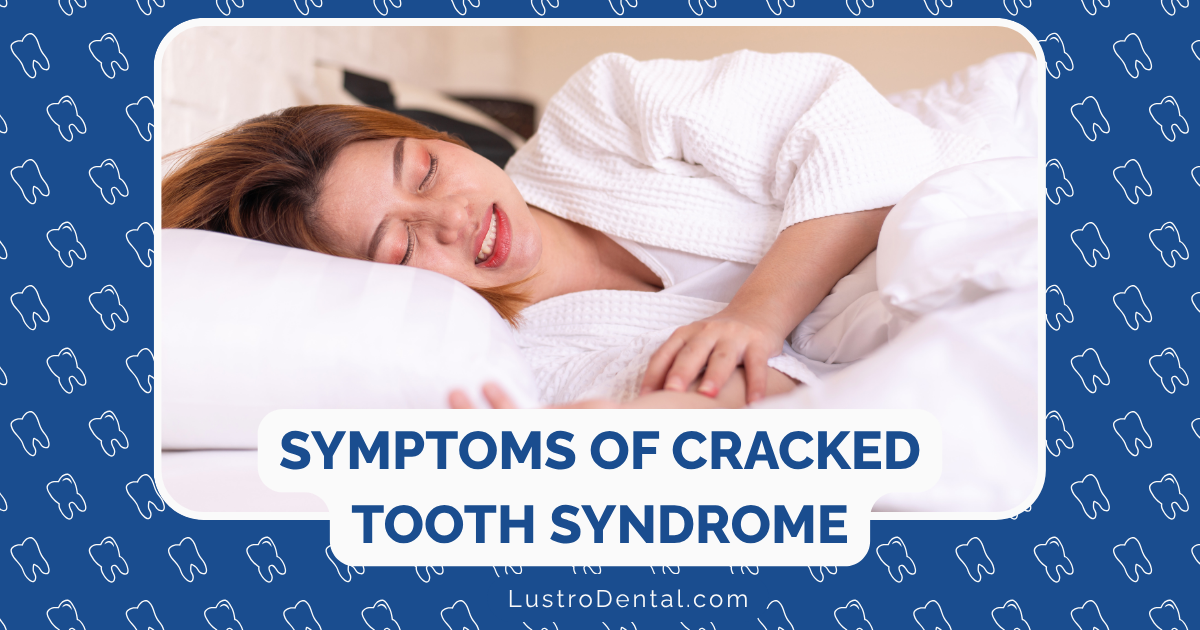After Pulp Therapy: What Parents Need to Know About Care and Monitoring

Your child has just undergone pulp therapy—whether a pulpotomy (partial removal of the pulp) or a pulpectomy (complete removal of the pulp). The procedure itself may be over, but the recovery and care period is just beginning. As a parent, you play a crucial role in ensuring the treatment’s long-term success and your child’s comfort during healing.
I’ve guided thousands of families through this process, and I understand the questions and concerns that arise. This guide will walk you through everything you need to know about caring for your child after pulp therapy, from the first hours post-procedure to long-term monitoring.
The First 24 Hours: Immediate Aftercare
The initial recovery period is critical for setting the stage for successful healing. Here’s what to expect and how to help your child during the first day after treatment:
Managing Numbness
Your child will likely leave the dental office with their mouth still numb from local anesthesia. This numbness typically lasts 2-3 hours after the procedure.
Do:
- Keep your child on a liquid or soft diet until the numbness wears off completely
- Monitor your child closely to prevent them from biting their lip, cheek, or tongue
- Remind them not to touch, poke, or play with the numb area
Don’t:
- Allow hard or chewy foods until sensation has fully returned
- Let your child drink hot beverages that could burn without them feeling it
Dr. Sarah Johnson of Andover Pediatric Dentistry recommends: “If your child accidentally bites their lip or cheek while numb, apply a cold compress to reduce swelling. The area may develop a small ulcer, but this should heal completely within 7-10 days.”
Pain Management
Most children experience mild discomfort or sensitivity after pulp therapy. This is normal and typically peaks within the first 24 hours.
For pain relief:
- Over-the-counter medications like children’s acetaminophen (Tylenol) or ibuprofen (Advil, Motrin) can be given according to package directions for your child’s age and weight
- Apply a cold compress to the outside of the cheek for 15-20 minutes if there’s any swelling
- Distraction with favorite activities or movies can help take your child’s mind off any discomfort
When to be concerned:
- Pain that increases rather than decreases after 24 hours
- Severe pain that isn’t relieved by over-the-counter medication
- Significant swelling that continues to worsen
Eating and Drinking
What your child eats in the first 24 hours can affect both their comfort and the healing process.
Recommended foods:
- Cool, soft foods like yogurt, pudding, and applesauce
- Lukewarm soups and broths
- Mashed potatoes or pasta
- Smoothies (without straws)
- Scrambled eggs
Foods to avoid:
- Hard, crunchy foods (chips, raw vegetables)
- Sticky foods (caramel, taffy, gummy candies)
- Spicy or acidic foods that might irritate the area
- Very hot foods or beverages
- Popcorn, nuts, and seeds that could get lodged around the treated tooth
Days 2-7: Supporting Healing
As your child moves beyond the initial recovery phase, you’ll want to focus on supporting the healing process while gradually returning to normal activities.
Oral Hygiene
Keeping your child’s mouth clean is essential for preventing infection and ensuring proper healing.
Brushing guidelines:
- Resume gentle brushing with a soft-bristled toothbrush the day after the procedure
- Pay special attention to the treated area, but be gentle
- Use fluoride toothpaste to help strengthen the surrounding teeth
- If your dentist provided a special rinse, use it as directed
Dr. Michael Chen of Spanaway Children’s Dentistry explains: “Good oral hygiene after pulp therapy is crucial for preventing secondary infections. Even though your child might be hesitant to brush near the treated tooth, gentle cleaning is essential.”
Dietary Progression
As healing progresses, you can gradually reintroduce more foods into your child’s diet.
Days 2-3:
- Continue with soft foods
- Lukewarm (not hot) foods are generally well-tolerated
- Avoid foods that require excessive chewing
Days 4-7:
- Begin introducing more normal foods as your child feels comfortable
- Continue to avoid very hard, sticky, or crunchy foods
- Let your child’s comfort be your guide
Activity Level
Most children can return to normal activities within a day after pulp therapy, but some considerations remain:
- School attendance is usually fine the next day
- Physical education or sports might need to be limited for 1-2 days, especially if your child is still taking pain medication
- Swimming should be avoided for at least 24 hours
Monitoring for Complications
While complications are rare after pulp therapy, knowing what to watch for can help you address any issues promptly.
Red Flags to Watch For
Contact your dentist immediately if you notice any of these signs:
- Persistent or worsening pain after 48 hours
- Significant swelling that doesn’t improve or worsens
- Fever (over 100.4°F or 38°C)
- Discharge or pus around the treated tooth or from the gums
- Rash or unusual reactions that might indicate an allergic response
- Loss of a temporary or permanent crown placed over the treated tooth
Dr. Lisa Wong from Little Dental Pediatric Dentistry advises: “While some discomfort is expected, severe pain or swelling that doesn’t improve with medication could indicate an infection or other complication that needs immediate attention.”
Special Considerations for Stainless Steel Crowns
Many pulp therapy treatments are completed with the placement of a stainless steel crown to protect the tooth. These require some special care:
- Avoid sticky candies and chewing gum that could potentially dislodge the crown
- Be cautious with flossing around the crown—slide the floss out rather than lifting it up
- If the crown feels loose or comes off completely, save it and contact your dentist right away
Long-Term Follow-Up Care
The success of pulp therapy depends not just on the initial procedure but on proper long-term monitoring and care.
Follow-Up Appointments
Your dentist will typically schedule follow-up appointments to monitor the treated tooth:
- First follow-up: Usually 1-3 months after treatment
- Regular monitoring: Every 6 months during routine dental check-ups
- X-rays: Periodically to assess the tooth’s internal healing and root development
These appointments are crucial for ensuring that:
- The pulp therapy was successful
- The tooth is healing properly
- There are no signs of infection or complications
- The restoration (filling or crown) remains intact
Expected Outcomes
With proper care and follow-up, the prognosis for teeth treated with pulp therapy is generally excellent:
- Primary (baby) teeth: Should remain functional until they naturally exfoliate
- Permanent teeth: Can continue to develop and function normally for many years
According to the North Potomac Pediatric Dental Associates, “Baby teeth with pulpotomies will be lost in the same way as other baby teeth, when the permanent tooth dissolves the root enough for them to be lost.”
Maintaining Oral Health
Beyond caring for the treated tooth, maintaining good overall oral health habits will help prevent the need for additional pulp therapy in other teeth:
- Brush twice daily with fluoride toothpaste
- Floss daily (or help your child floss)
- Maintain a balanced diet low in sugary snacks and drinks
- Keep up with regular dental check-ups and cleanings
- Consider dental sealants for cavity-prone areas
A Personal Note on Recovery
Every child responds differently to dental procedures. Some bounce back almost immediately, while others may need a little more time and comfort. Trust your instincts as a parent—you know your child best.
I’ve found that maintaining a positive attitude about the procedure helps children recover more quickly. Rather than focusing on pain or discomfort, emphasize how the treatment is helping make their tooth healthy again. Celebrate their bravery and resilience with appropriate (non-sugary) rewards.
Conclusion: Setting the Stage for Dental Success
The days and weeks following pulp therapy are crucial for ensuring the treatment’s long-term success. By following these aftercare guidelines, you’re not just helping your child recover from a dental procedure—you’re teaching them the importance of dental health maintenance and follow-up care.
Remember that the goal of pulp therapy is to save your child’s tooth and maintain its function until it’s naturally ready to be replaced by a permanent tooth (for baby teeth) or for many years to come (for permanent teeth). Your diligence in aftercare plays a vital role in achieving this goal.
If you ever have questions or concerns during your child’s recovery, don’t hesitate to contact your pediatric dentist. They’re your partner in ensuring your child’s smile stays healthy and bright.
Do you have questions about caring for your child after pulp therapy? Share them in the comments below, and we’ll address them in a future post!







